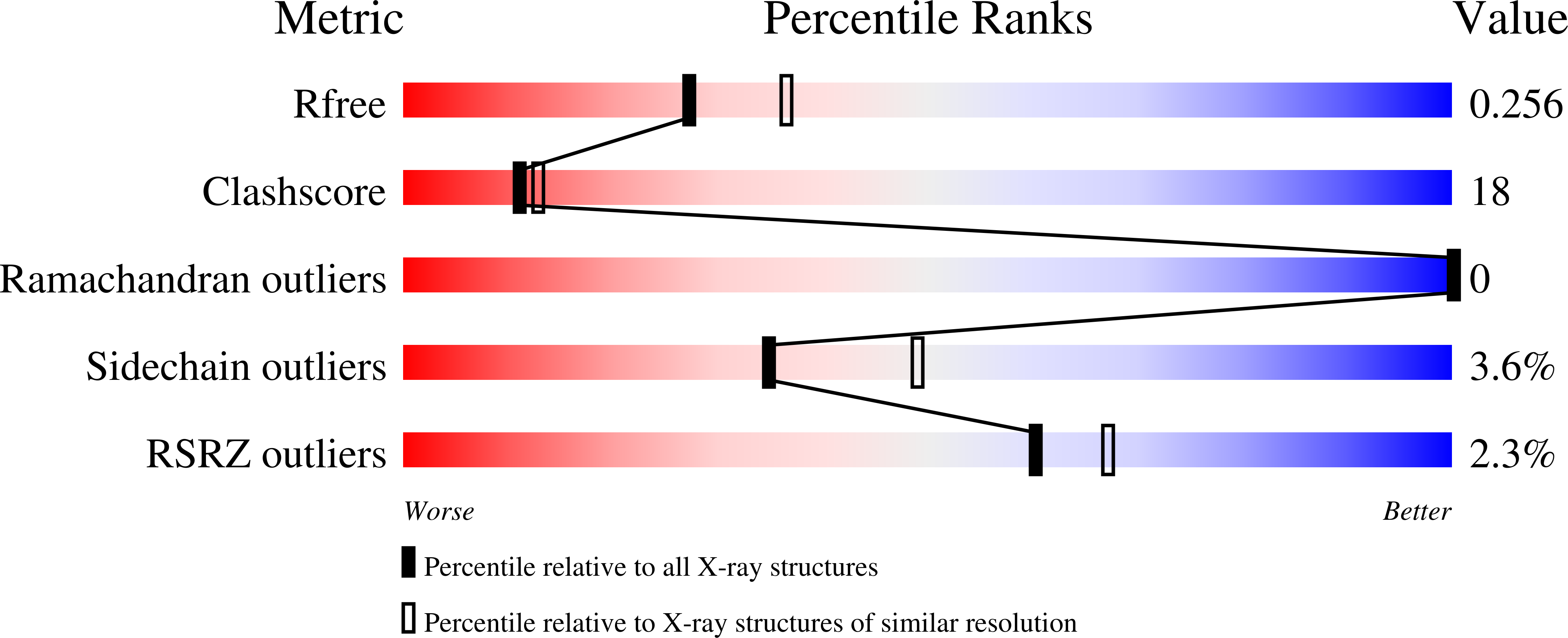
Deposition Date
2000-05-18
Release Date
2001-08-08
Last Version Date
2024-10-16
Method Details:
Experimental Method:
Resolution:
2.30 Å
R-Value Free:
0.26
R-Value Work:
0.21
R-Value Observed:
0.23
Space Group:
P 1 21 1


